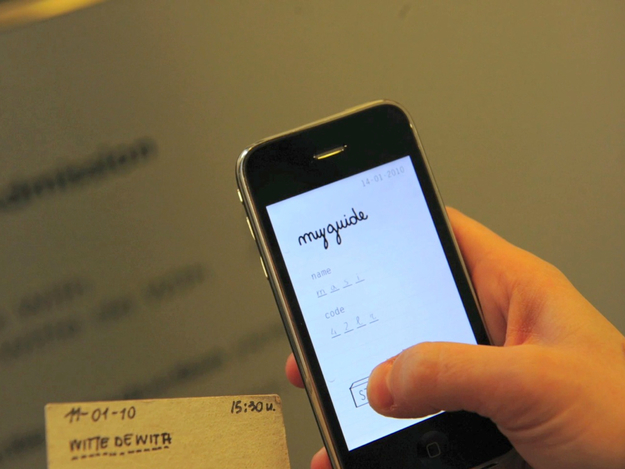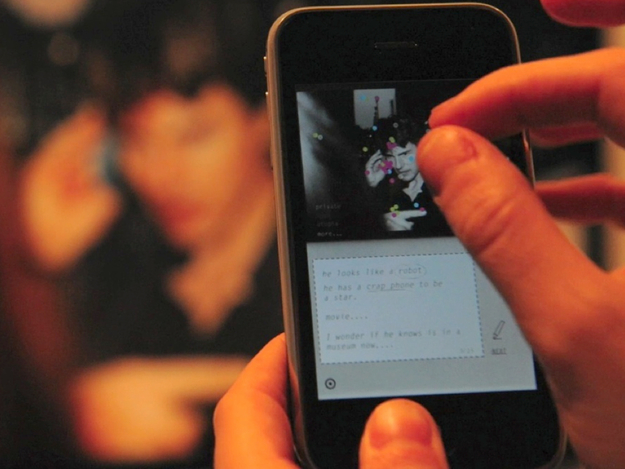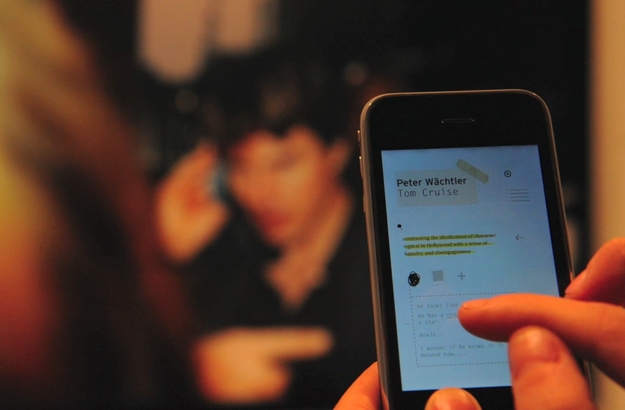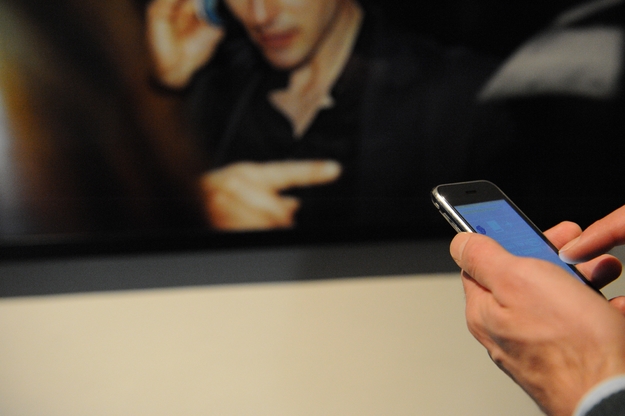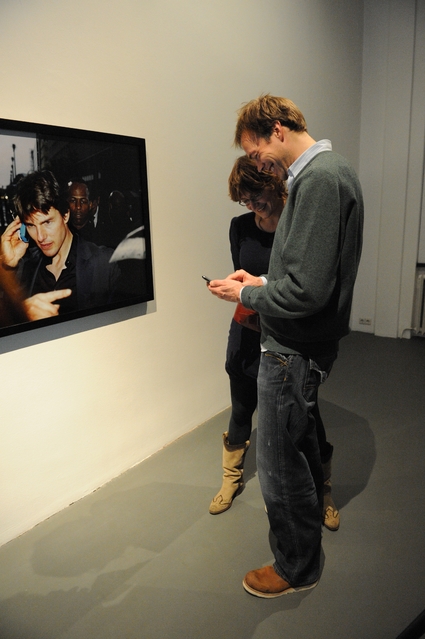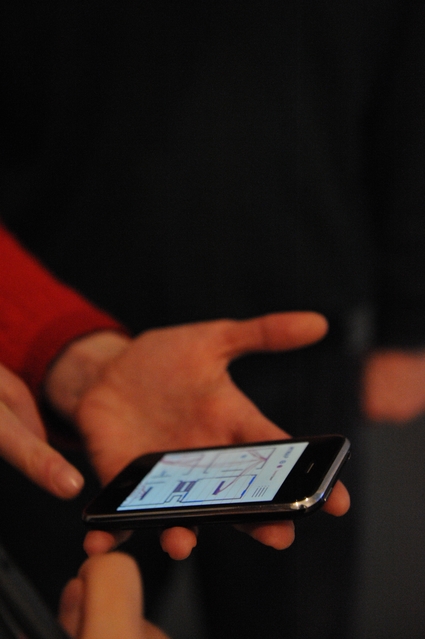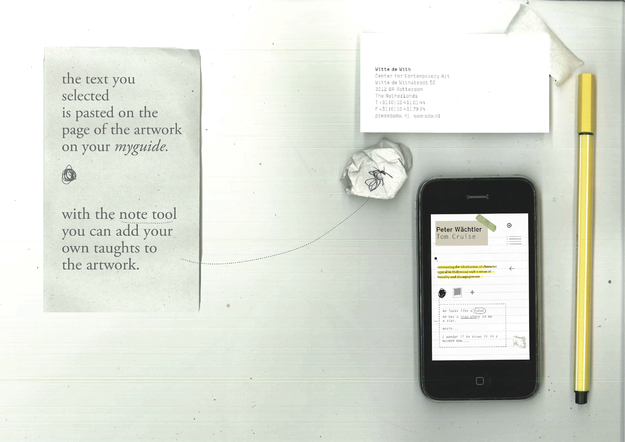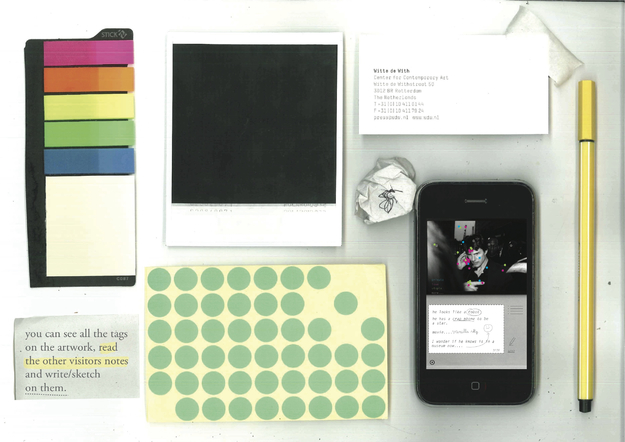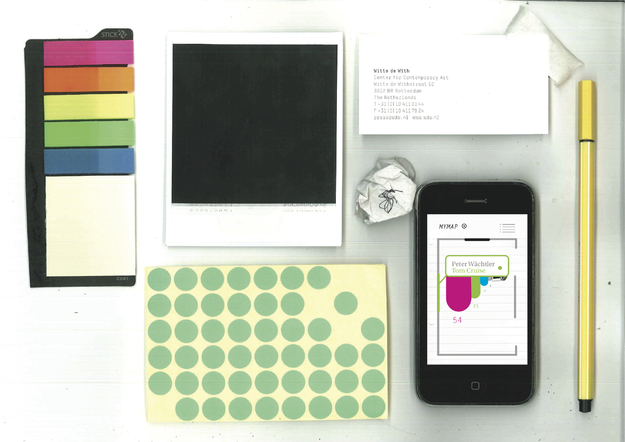The Project : The unbearable lightness of Art
My Guide was designed for the Witte de With Contemporary Art Museum in Rotterdam during Exploring Interactions one of the curses of my master in Design for Interaction in the faculty of Industrial Design in TUDelft.
We were asked to explore the theme of Lightness related to user experiences and interactions.
I decided to relate the theme of lightness, in a lack of lightness perspective, to the contemporary art museum experience, since the ambiguity of the messages conveyed by the artists and the lack of informative material provided by the museum itself, it is often perceived as a burden more than a pleasurable activity. The contemporary art museum context nowadays represents such an attractive playground because it is characterized by the interplay of different phenomena and variables.
However, if we take a closer look at the quality of the interaction that exists between the institution and its visitors, we can clearly notice that it is a one-way interaction.
If we just reflect about the popularity of contemporary art museums such as the Tate Modern or the Guggenheim Museum in the last few years, infact, and if we realize how many visitors they attract everyday from all over the world, a question rises: why are people fascinated by contemporary art museums and exhibition spaces? The answer can be found in the fact that visitors perceive and expect to perceive contemporary art museum visit as a total immersing and at the same time mysterious experience, where they can have the chance to feel lost and disoriented in a cultural and institutional context. The contemporary art museum experience, infact, represents for visitors a place where they can experience contrasting emotions and expectations: they can be annoyed because the ambiguity of the artwork displayed conflicts with their concern of having productive intellectual experiences as well as being disappointed if the exhibition is too easy to grasp since their intellectual skills are not duly challenged. From this initial question and observations, and on the basis of the results from the generative sessions, facebook and twitter interviews I conducted through the different cycles, I was able to define my main interaction vision which is based on these conflicting factors and contradictions. I came up with the idea that in a contemporary art museum visit, as in a forest, you like the idea of feeling lost in it but in the end, you want to make sure you are following a path while linking everything together by collecting traces
The museum visit is a challenge
As in a video game, with different level, different scenarios, but same storyline, the challange could be passive, active, or absent, but in all its declination, it can be translated into an activity, and every activity has a conseguenge witin the context it is performed.
The museum users, the visitors, infact, are what makes he museum functioning: they always leave marks and generate dynamics, wheter they walk, they sleep on the bench, they read, write, weather they do or do not understand, weather they do or do not like one artowrk, or all of them.
However, the museum as an institution itself, is not a place that allows communication and discussion while the interaction with the artworks takes place. The visitors usually also when they conduct the visit with someone, do not talk (except form italy and spain of course!), they instead whisper some quick considerations, take notes, map connection in their memories, from school, they think of ways to impress their boyfriend or girlfriend after this experience.
According to this, the museum adventure is mostly a private wayfinding experience, where the visitor moves thorugh it by collects and link traces in his mind, in order to find which aspect of the experience can give him something more in order to share it within his personality and with the other people too. As a conseguence, there is a design need to find a way to let the visitor:
1. choose the way he wants to conduct his exploration: referring to my interaction vision, the visitor as an explorer, can choose the tools to create his own pahs into the forest.
2. share and contribute to the visit with its own activity. The activiy of the visit itself should let the visitor contribute to the visit in an effective way. The visitors flow, like the footsteps in the forest, genrates paths that other visitors could follow or link to others.
3. like in a forest, the visitors can get lost by choosing different paths to cover and by getting lost, generating new paths/meanings/connections/tags at the same time.
These were the main guidlines for my design challenge: design a communication mean in order to preserve the individual dimension of the visit but that at the same time is able to satisfy the need for the visitor to share their activities flow in relation to the exhibition and to the other visitors in the most natural and less intrusive way in order to respect the quality of the space where the interaction takes place.
